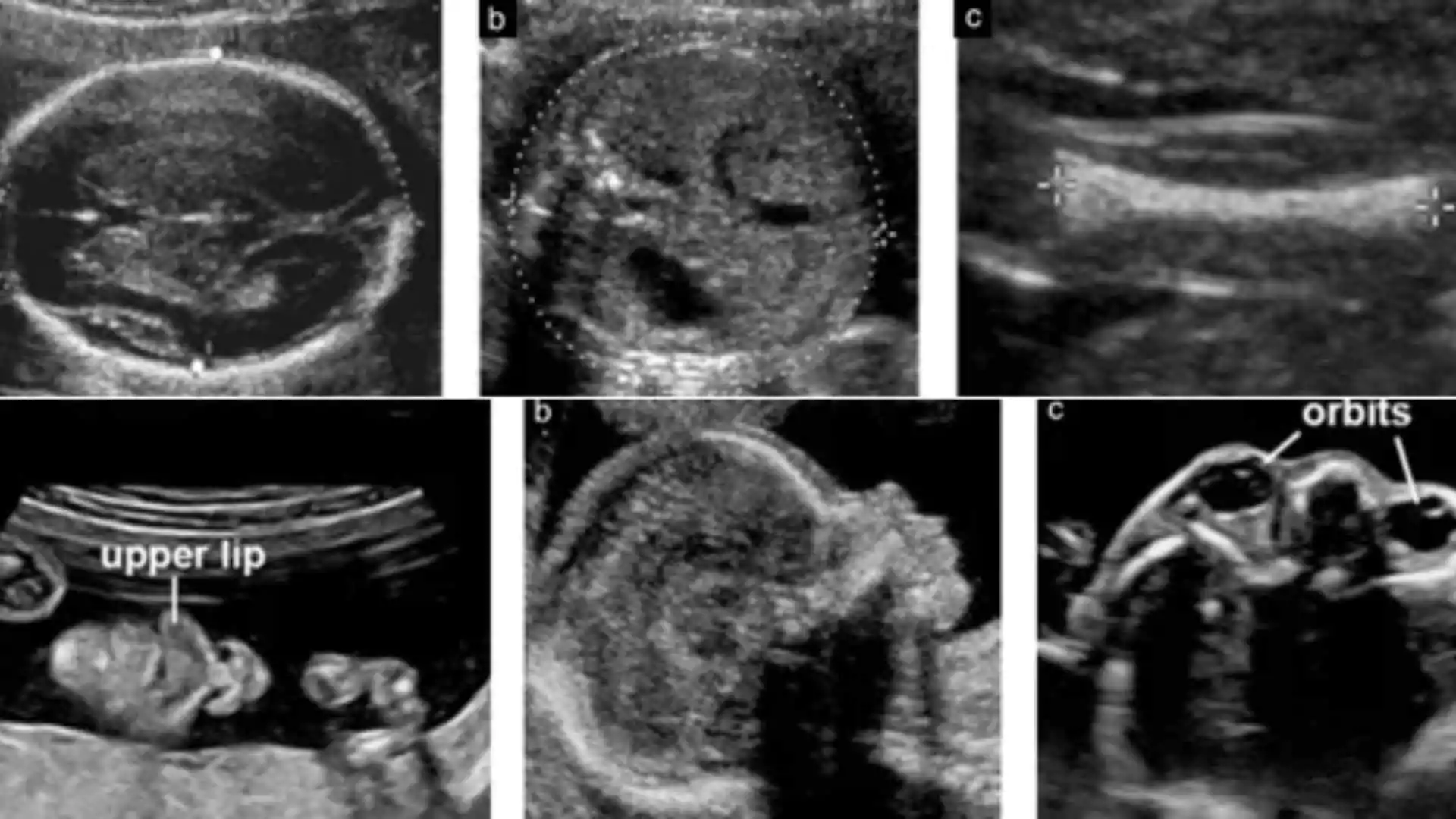In India, birth defects—also known as congenital anomalies—pose a major public health challenge. These conditions contribute significantly to neonatal mortality, affecting thousands of newborns every year. According to the World Health Organization (WHO), about 6% of newborns worldwide are affected by congenital disorders, leading to hundreds of thousands of deaths annually. However, experts believe the actual numbers could be even higher due to unreported cases, including stillbirths and medically terminated pregnancies.
What Are Foetal Abnormalities?
Foetal abnormalities, also called congenital disorders or birth defects, refer to structural or functional anomalies that develop while a baby is still in the womb. These conditions can affect different parts of the body, including the heart, brain, limbs, and internal organs. Some are mild and manageable, while others can cause severe complications, impact a child’s quality of life, or even result in stillbirth.
Causes of Foetal Abnormalities
There is no single cause of congenital disorders; instead, they can arise from various genetic, environmental, or unknown factors. Some key causes include:
- Genetic Factors: Inherited mutations or chromosomal abnormalities, such as Down Syndrome, can lead to congenital disorders.
- Environmental Influences: Exposure to harmful substances like alcohol, drugs, radiation, or infections such as rubella and Zika virus during pregnancy can increase risks.
- Maternal Health Conditions: Uncontrolled diabetes or nutritional deficiencies—especially a lack of folic acid—can lead to neural tube defects, affecting brain and spine development.
- Combination of Factors: In many cases, congenital disorders arise due to a mix of genetic predisposition and environmental influences.
Signs and Symptoms of Congenital Disorders
The symptoms of foetal abnormalities vary based on the specific condition. Some common indicators include:
- Physical Deformities: Cleft lip, clubfoot, or missing limbs, which are often visible at birth.
- Internal Organ Malformations: Issues such as congenital heart defects or kidney abnormalities, which require medical imaging for detection.
- Neurological Disorders: Conditions like spina bifida and microcephaly can impact brain development, leading to intellectual disabilities or motor impairments.
- Developmental Delays: Some congenital disorders cause speech difficulties, restricted growth, or learning disabilities, making early intervention essential.
Who Is at Risk?
Certain factors increase the risk of congenital disorders, as outlined by the WHO and the Centers for Disease Control and Prevention (CDC):
- Family History: A family history of birth defects and consanguineous marriages (marriage between close relatives) raises the likelihood of genetic disorders.
- Maternal Age: Women aged 35 and older have a higher chance of having a baby with chromosomal abnormalities.
- Infections During Pregnancy: Maternal infections such as syphilis, rubella, and Zika virus can lead to serious birth defects.
- Nutritional Deficiencies: Lack of essential nutrients like iodine or folic acid increases the risk of neural tube defects.
- Substance Use: Smoking, alcohol consumption, and drug use are linked to birth defects, preterm birth, and infant mortality.
- Limited Medical Care: According to WHO, nine out of ten children born with serious congenital disorders are from low- and middle-income countries where healthcare access is limited.
Treatment and Management of Congenital Disorders
The treatment for congenital disorders depends on the type and severity of the condition. Some common approaches include:
- Surgical Correction: Procedures can fix cleft lip, congenital heart defects, and spina bifida.
- Medical Management: Medications and supportive therapies help manage conditions like Down Syndrome and metabolic disorders.
- Physical Therapy & Assistive Devices: These improve mobility in children with limb deformities or neurological issues.
- Nutritional & Hormonal Support: Some disorders affecting growth and metabolism require dietary modifications or hormone therapy.
- Palliative Care: In severe cases where treatment options are limited, palliative care focuses on enhancing comfort and quality of life.
Early Detection and Screening
Regular check-ups and prenatal screenings play a crucial role in identifying and managing congenital disorders. Key diagnostic methods include:
- Ultrasound Scans: Used to detect structural abnormalities in the womb.
- Genetic Testing: Identifies inherited disorders before or during pregnancy.
- Maternal Blood Tests: Helps in detecting potential risks and abnormalities.
- Neonatal Screening: Conducted after birth to detect disorders early and initiate treatment promptly.
Preventive Measures
While not all congenital disorders can be prevented, certain steps can significantly reduce risks:
- Healthy Lifestyle Choices: Avoiding alcohol, smoking, and harmful medications during pregnancy.
- Folic Acid Supplements: Taking folic acid as recommended by doctors to prevent neural tube defects.
- Vaccination: Immunization against infections like rubella helps prevent certain congenital conditions.
- Preconception Screening: Identifying individuals at risk before pregnancy allows for better planning and medical care.
Congenital disorders remain a major health challenge, but with proper prenatal care, early detection, and medical intervention, their impact can be reduced. By raising awareness, ensuring access to healthcare, and prioritizing preventive measures, families and healthcare providers can improve outcomes for children born with congenital disorders.























